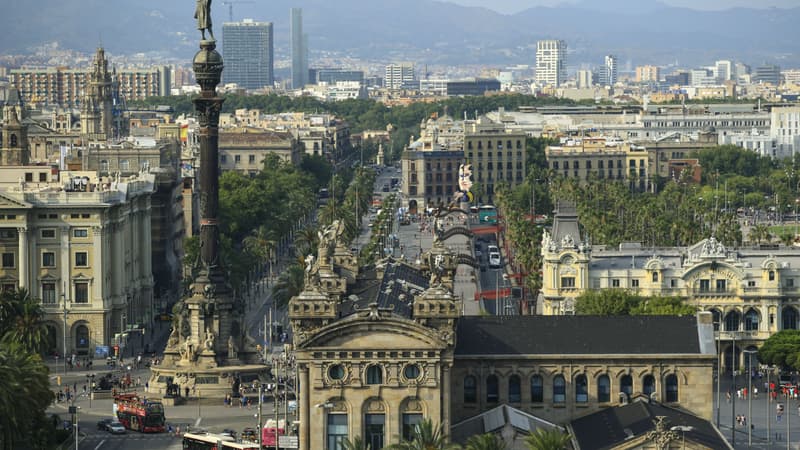If the railway competition in France is still very timid, in Spain it is in full swing. In a country where the automobile has long reigned supreme, the arrival of new players has profoundly boosted the market.
Which attracts more and more operators. Thus, on the Madrid-Barcelona line, a 4th player will be launched on November 25. It is Iryo, a new brand that combines the Spanish airline Air Nostrum and the Italian operator Trenitalia, also present in France on the Paris-Lyon-Milan high-speed axis.
Passengers will travel on board the ETR 1000 trains of the French Alstom, the “fastest, most modern and ecological in Europe” according to the company.
+37% for TGV traffic in Spain
And this new player will not stop only in the Catalan city since he will have to launch Madrid-Cuenca Valencia on December 16, then Seville-Málaga-Córdoba in the first quarter of 2023 and Alicante-Albacete for the following summer.
Iryo will therefore circulate alongside the classic TGVs of Renfe (the local SNCF), the low-cost TGVs Avlo (also operated by Renfe) and the low-cost TGVs of SNCF (Ouigo).
The opening of the Spanish iron market is almost a textbook case. It was allowed to increase rail traffic by 13.7% in one year, and by 37% for the most popular TGV lines, which at the time of the Renfe monopoly were mainly used for business travel as a price. students.
Furthermore, at the same time, fares fell by 49% on the Madrid-Barcelona line, in particular under the impetus of SNCF’s Ouigo, which is very successful on the other side of the Pyrenees.
Last May, a year after its launch, Ouigo Spain received 2 million travelers and an average occupancy rate of over 97%. And this thanks to a very aggressive pricing policy: from 9 euros on 87% of the trains.
With this validated strategy, SNCF continues its development in Spain with the opening of the Madrid-Valencia line and later the Madrid-Albacete-Alicante line. Then, Ouigo Spain will arrive in Andalusia.
In France, the effects of competition are a little less palpable. Because historical prices have always been lower than in Spain and because there is only one SNCF competitor on a national high-speed line.
Only one SNCF competitor in France
However, a Trainline study finds a total average increase in ticket sales of 58% on the Paris-Lyon line, “showing that everyone wins in a competitive market”.
On the price sidethe ticket purchase platform indicates that the average price of a Paris-Lyon route, all combined trains (TGV, OUIGO, Frecciarossa/Trenitalia) has gone from an average of 45 euros to 42 euros since the opening to competition, a decrease of about 7%.
But while the train is becoming increasingly important in consumers’ minds as a green means of transport, the lack of competition in France is likely to be a long-term penalty.
“Openness was a reality in some countries 30 years ago, in the 1990s. […] We are one of the last to open. We are quite behind”, regrets Bernard Roman, president of the Transport Regulatory Authority (ART).
Source: BFM TV


